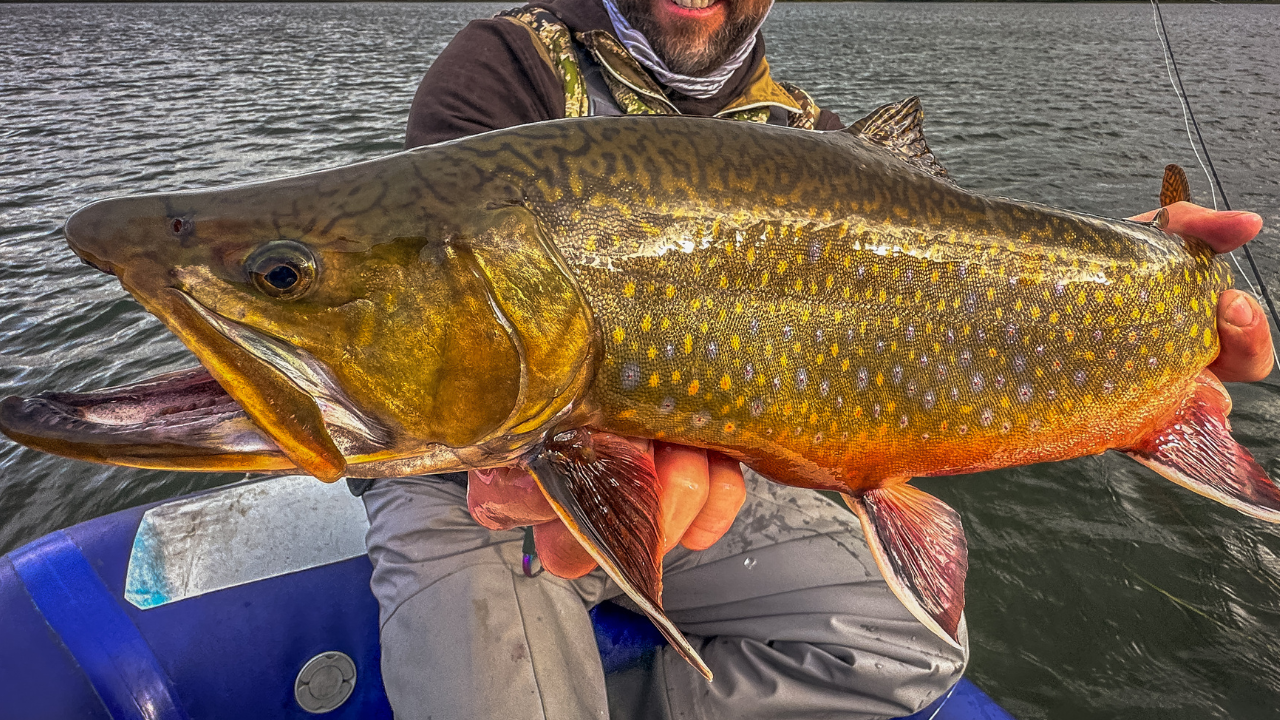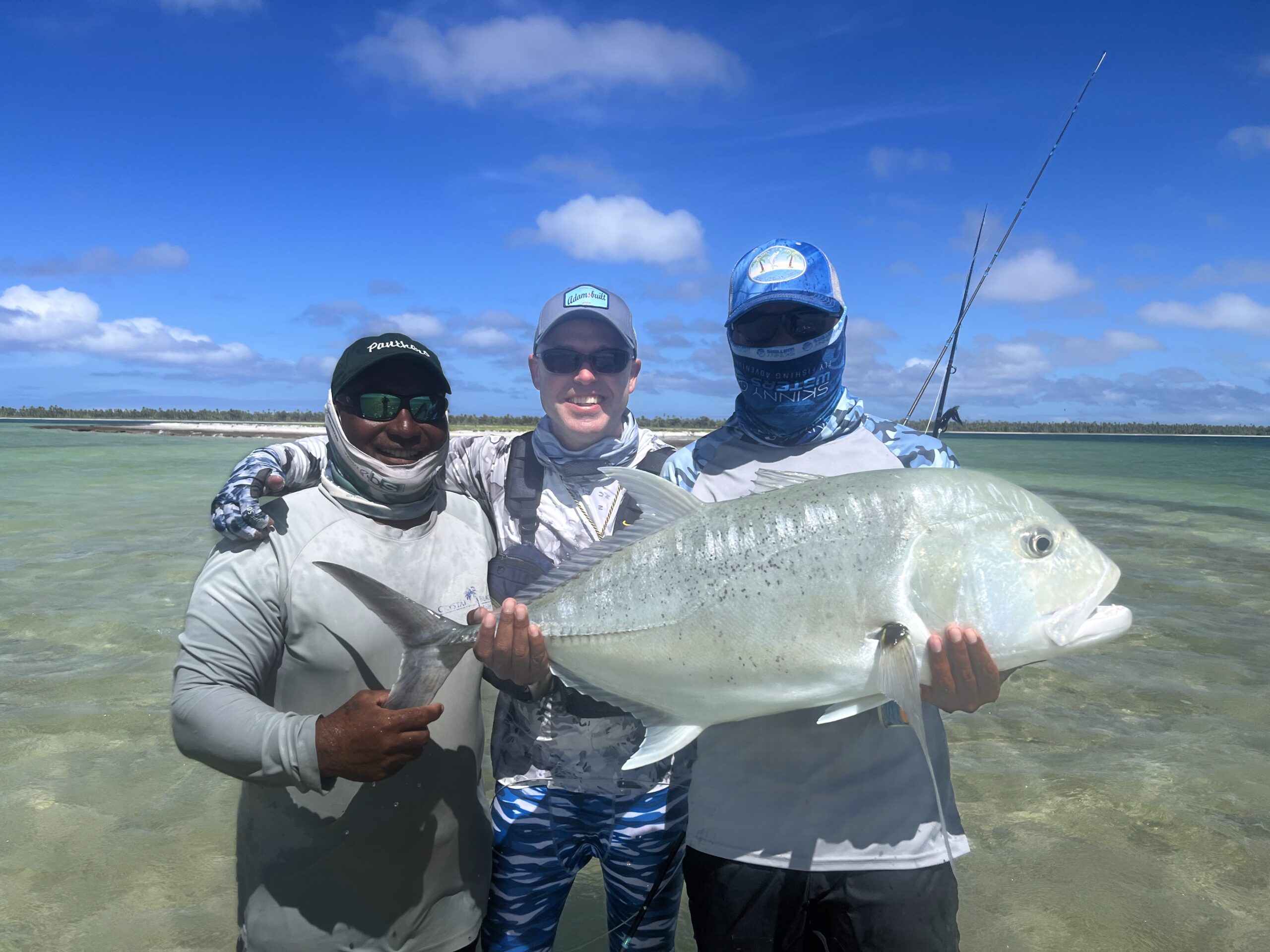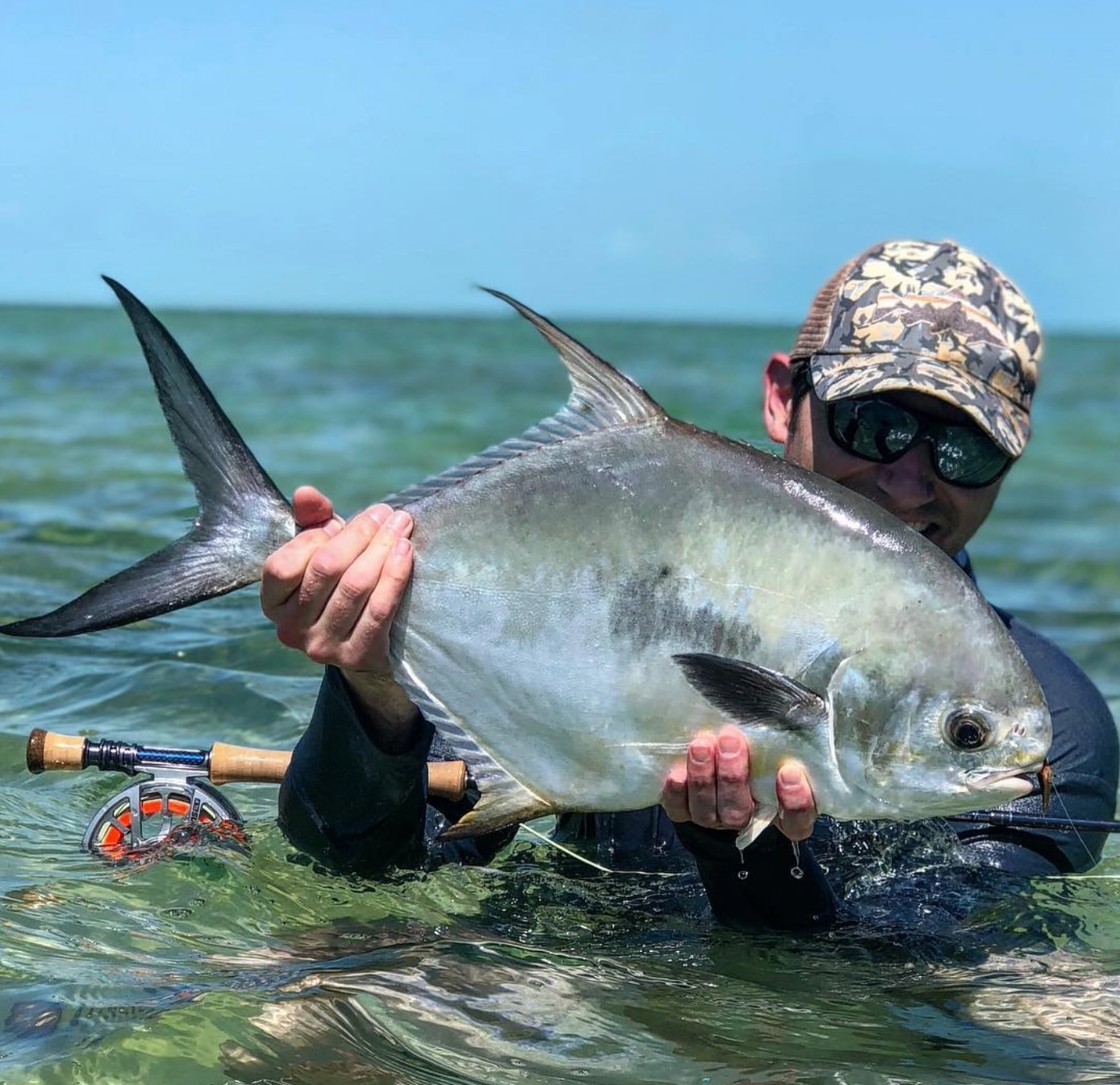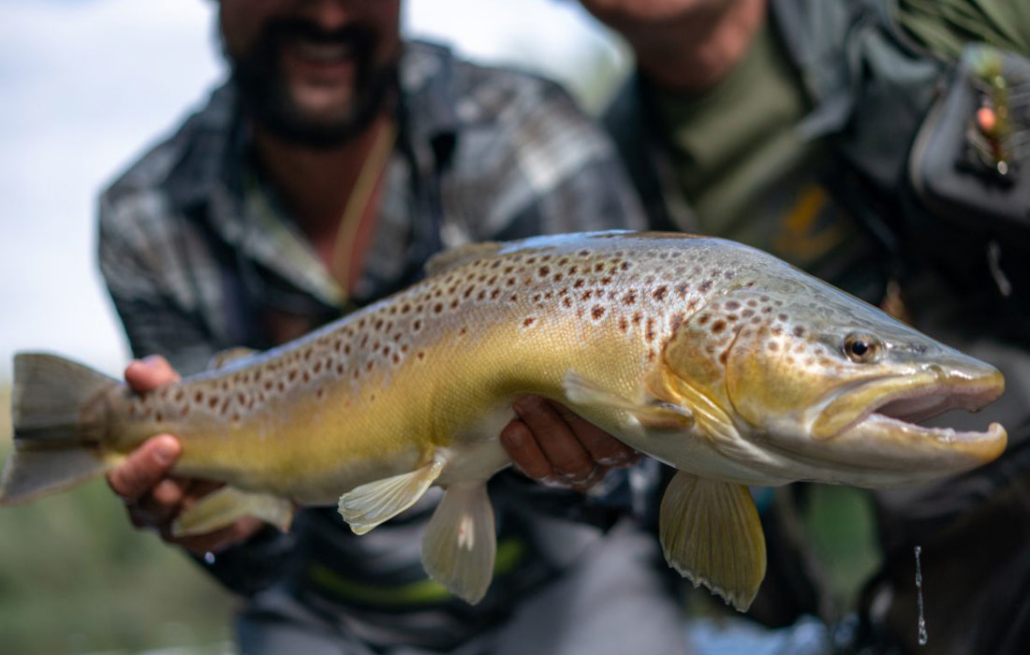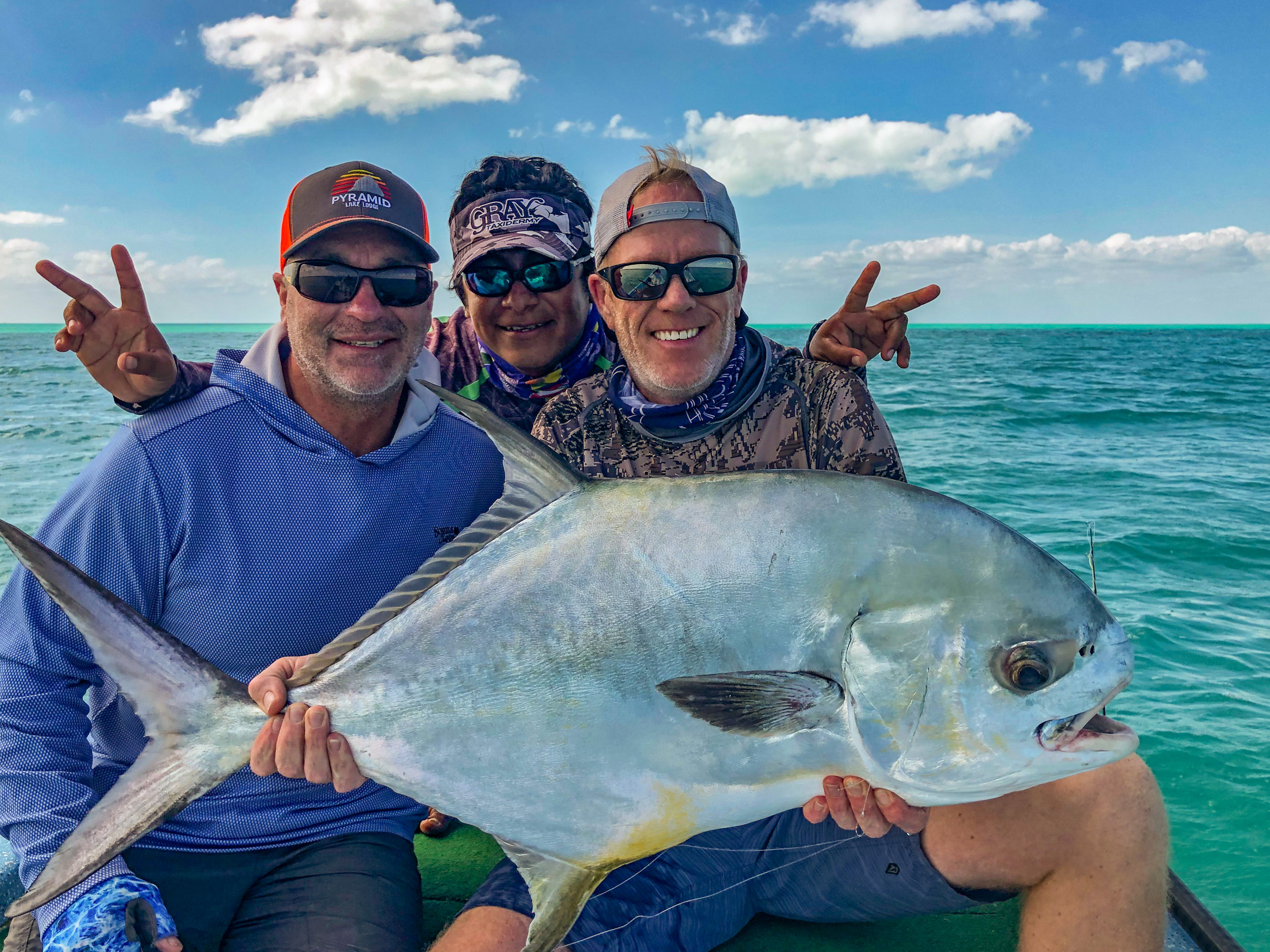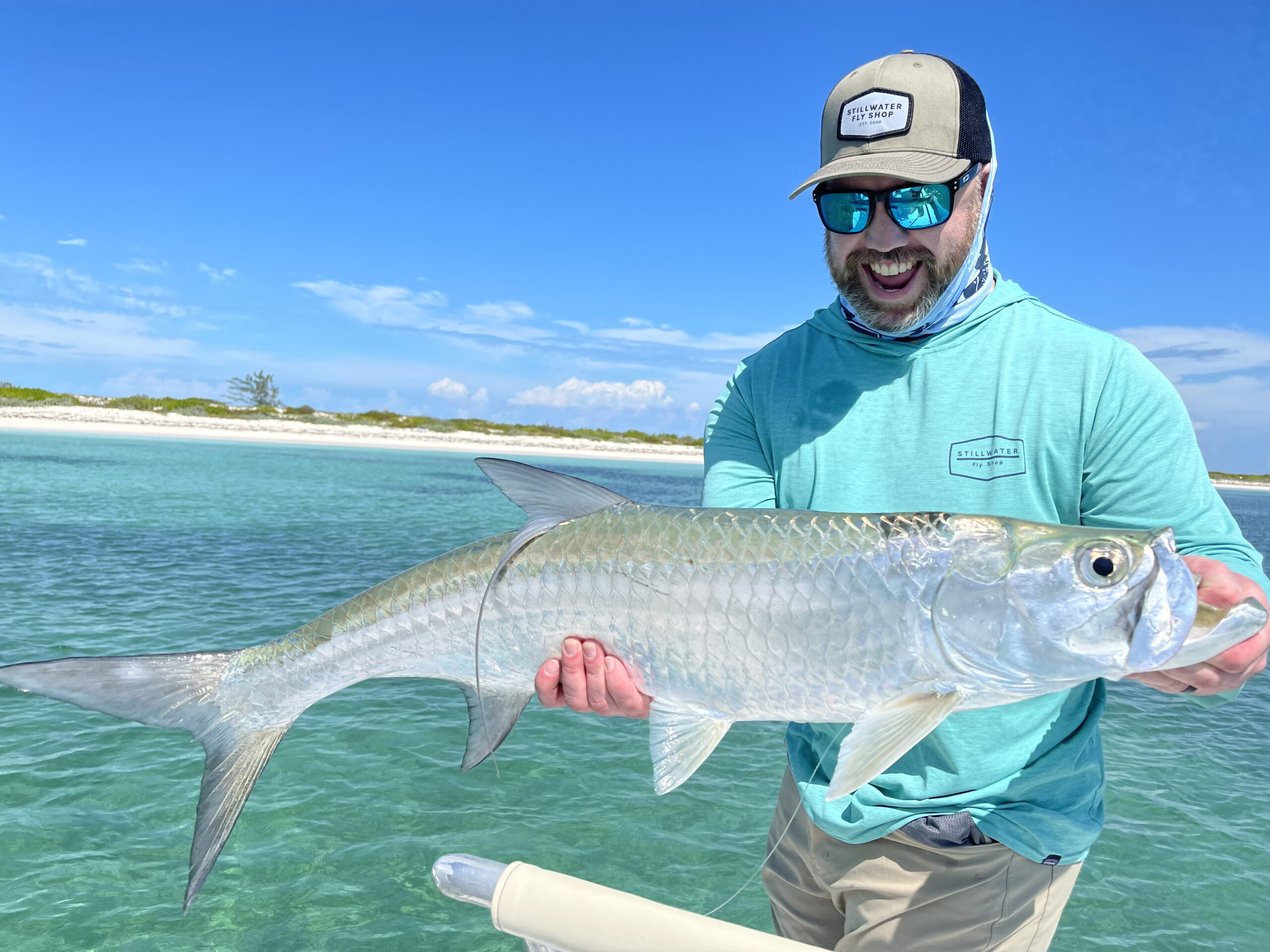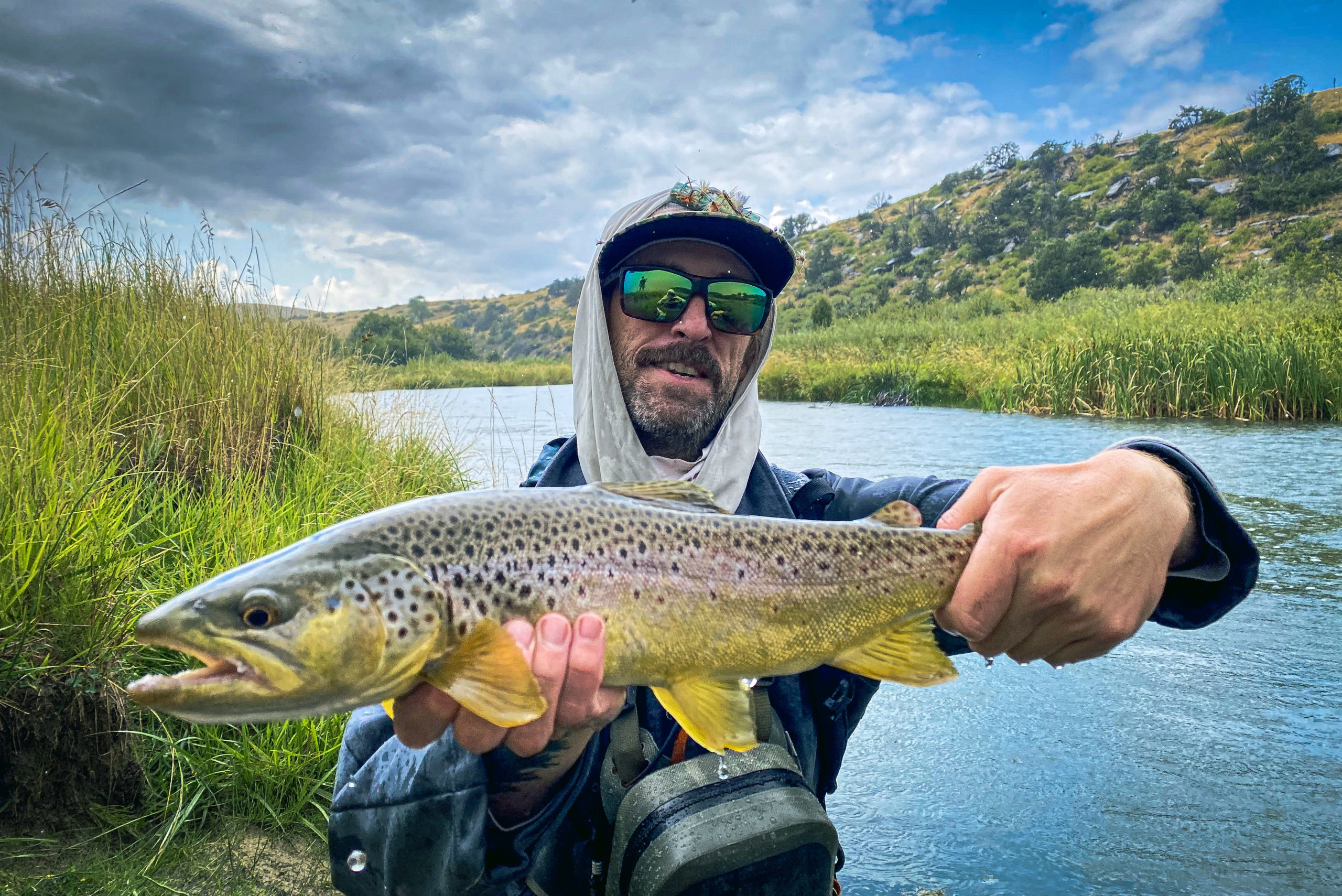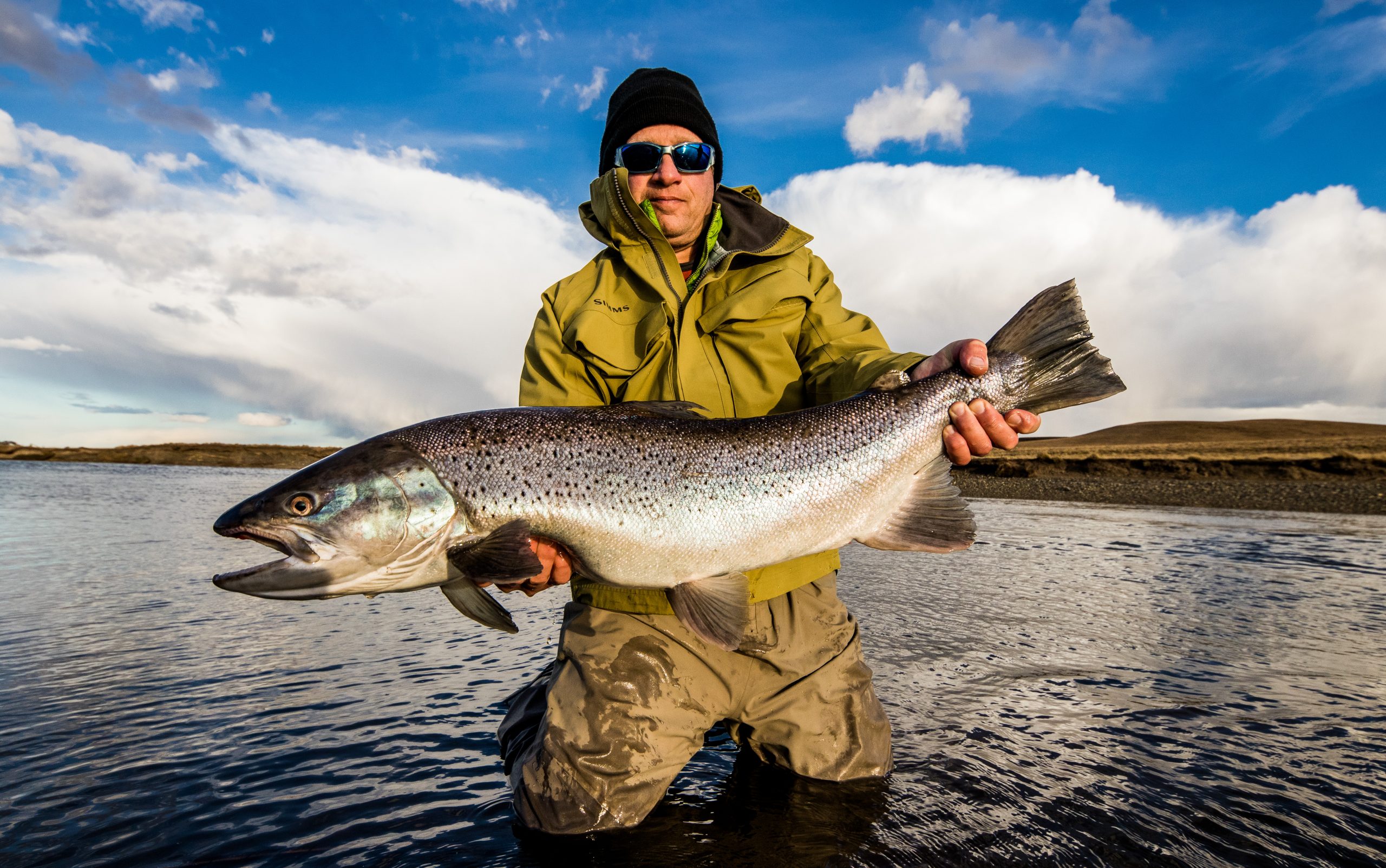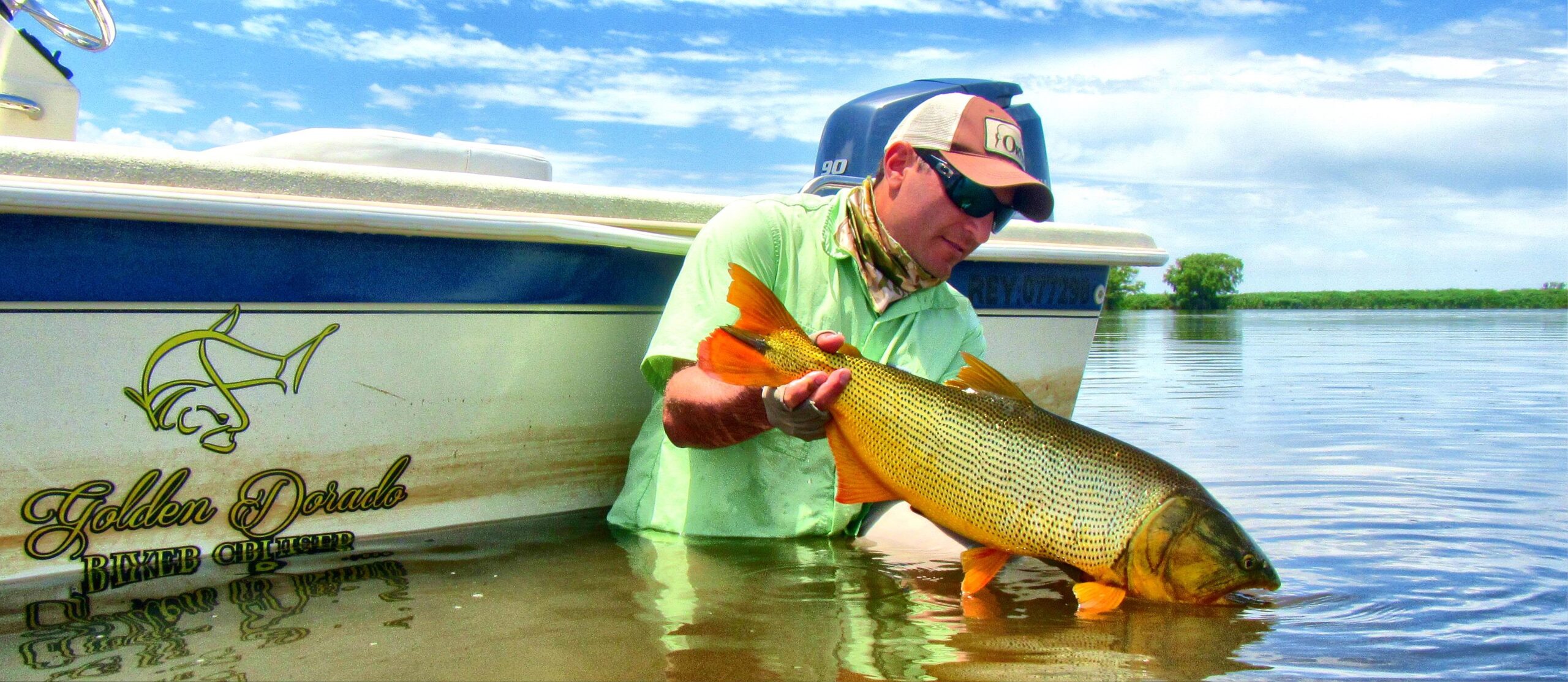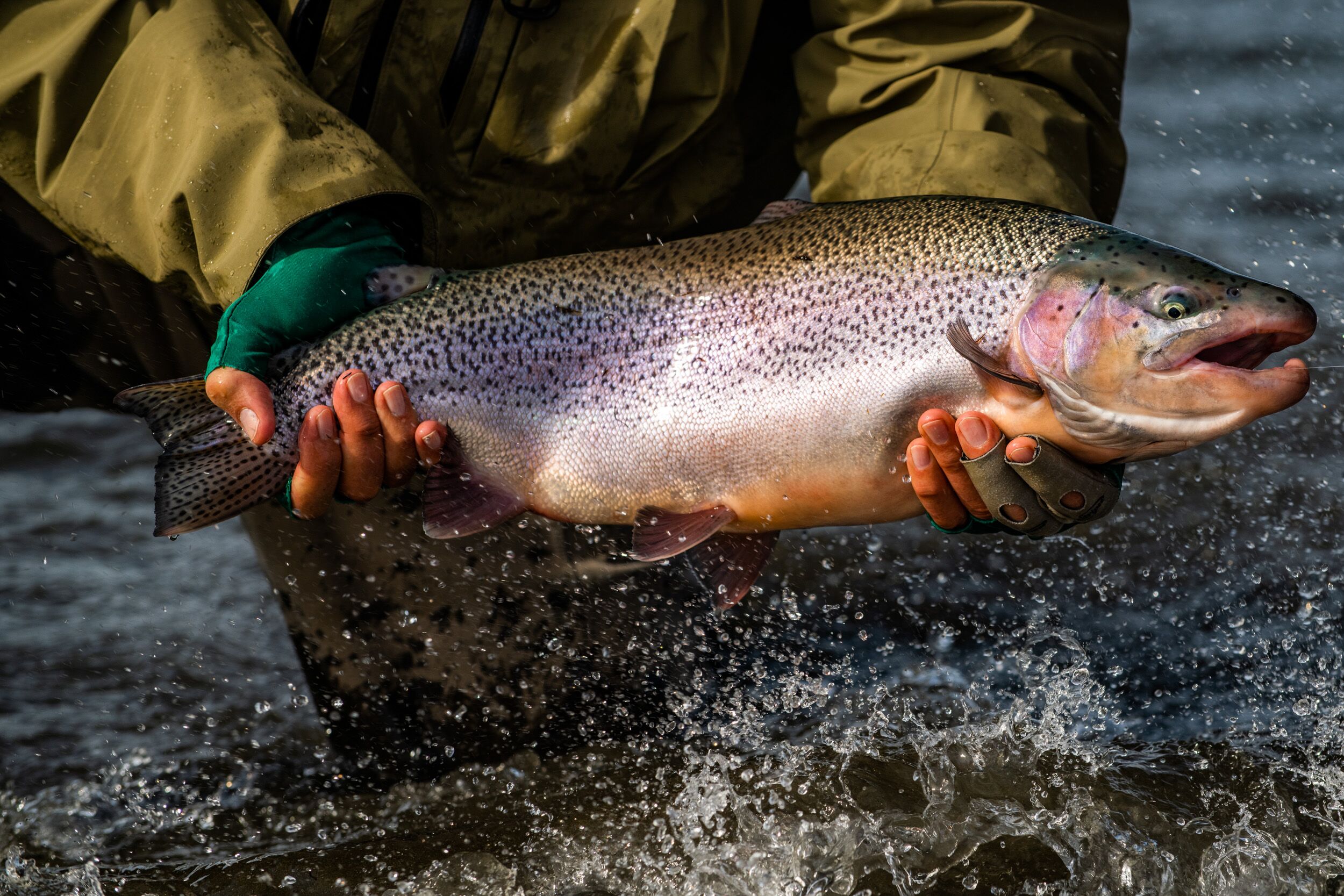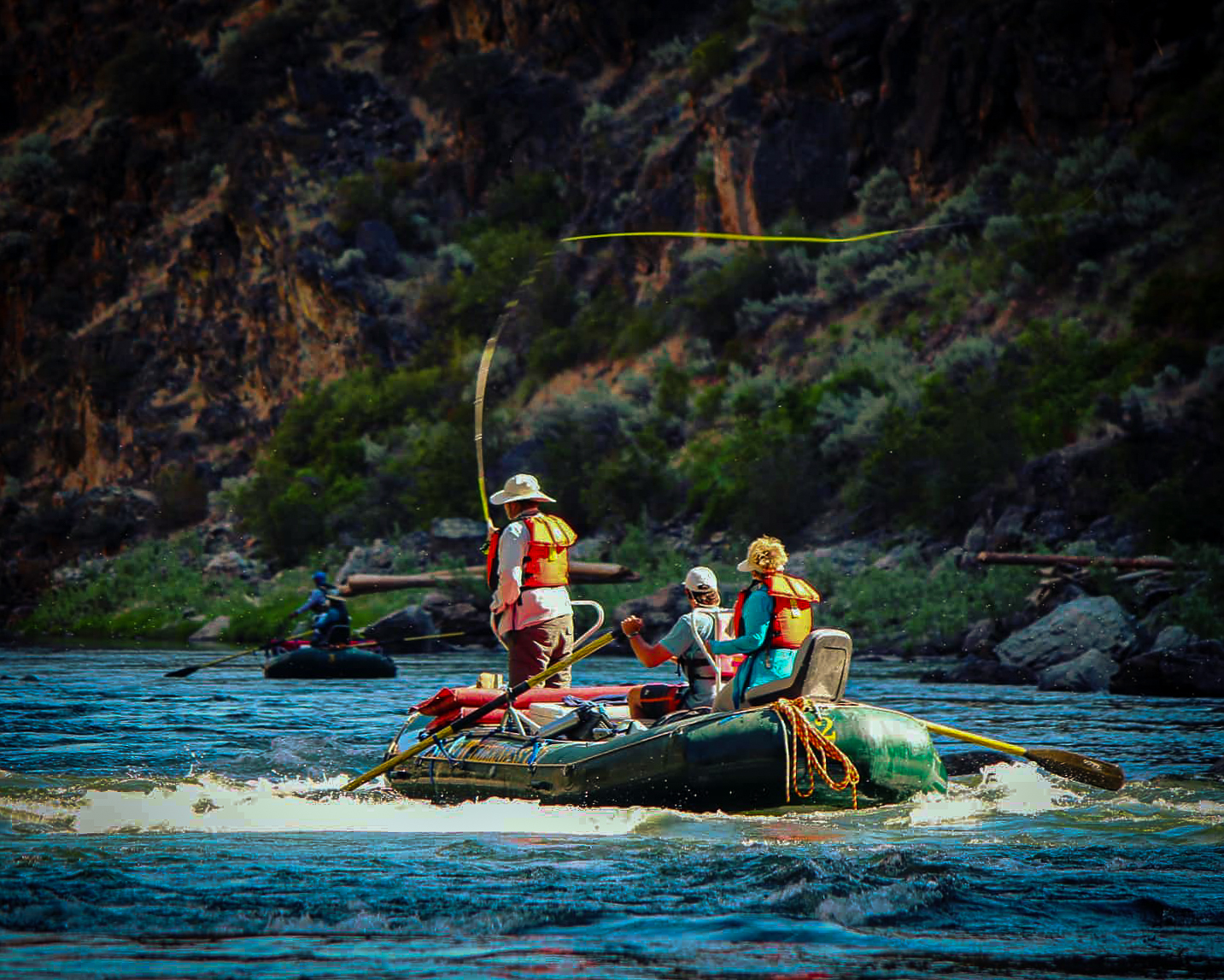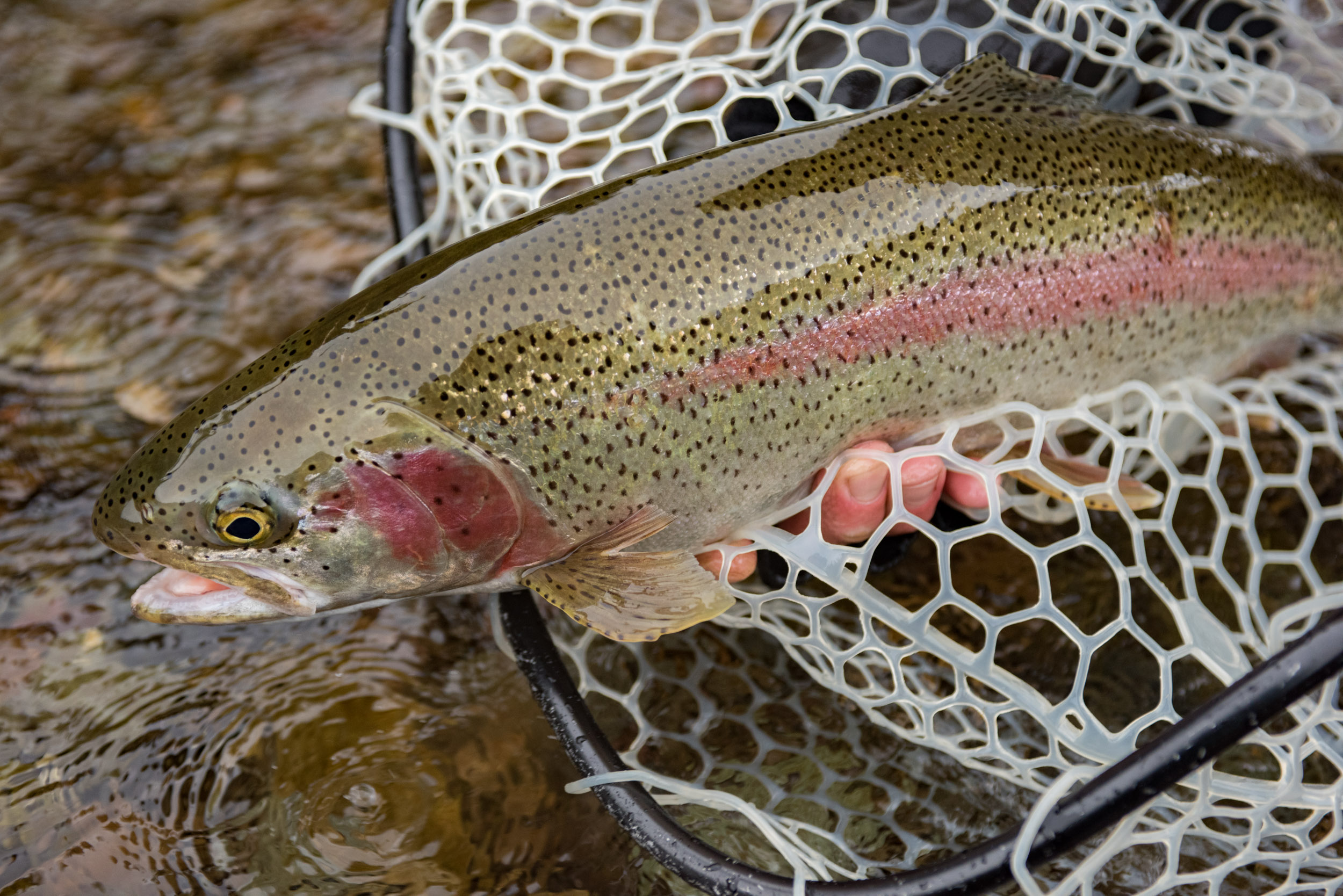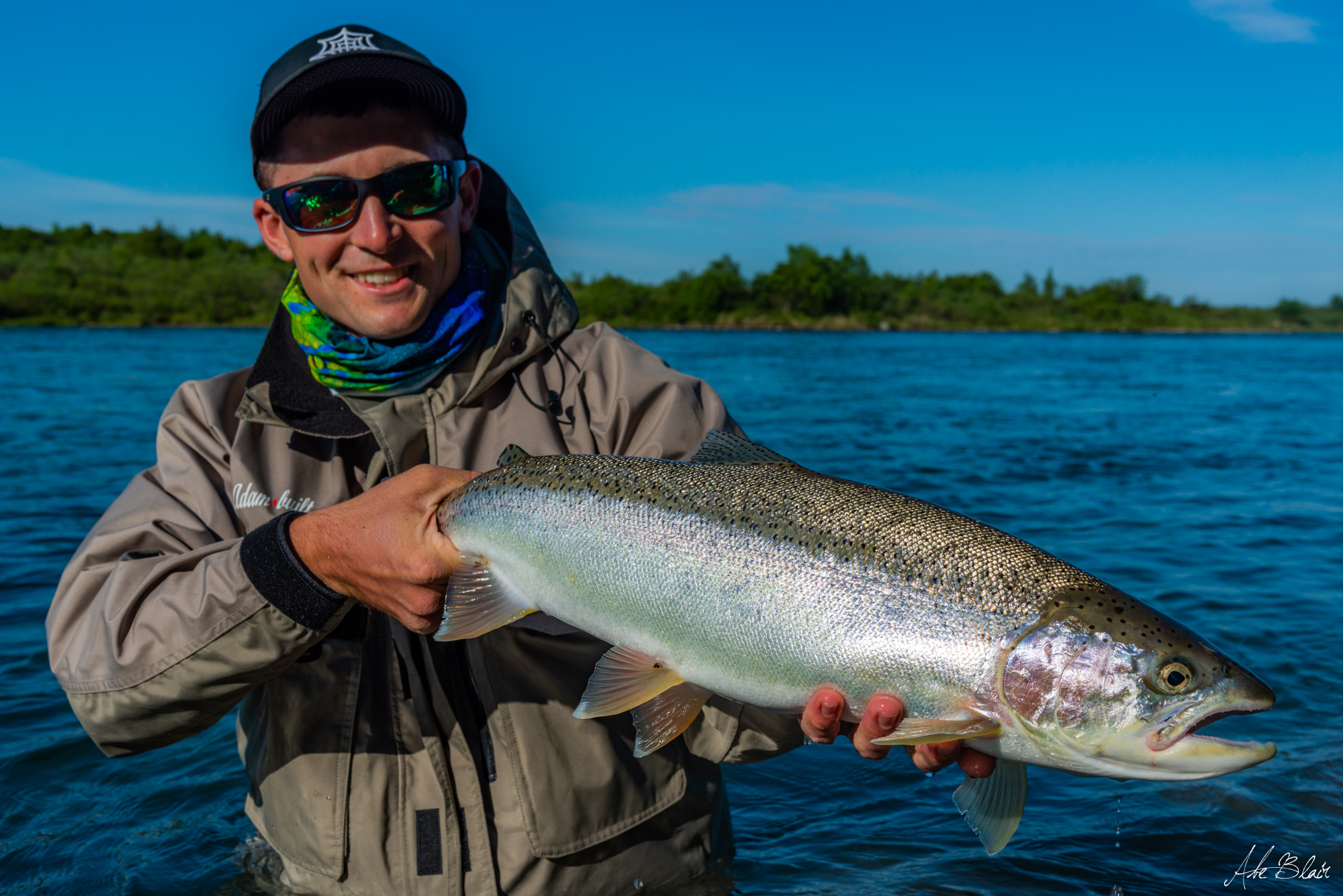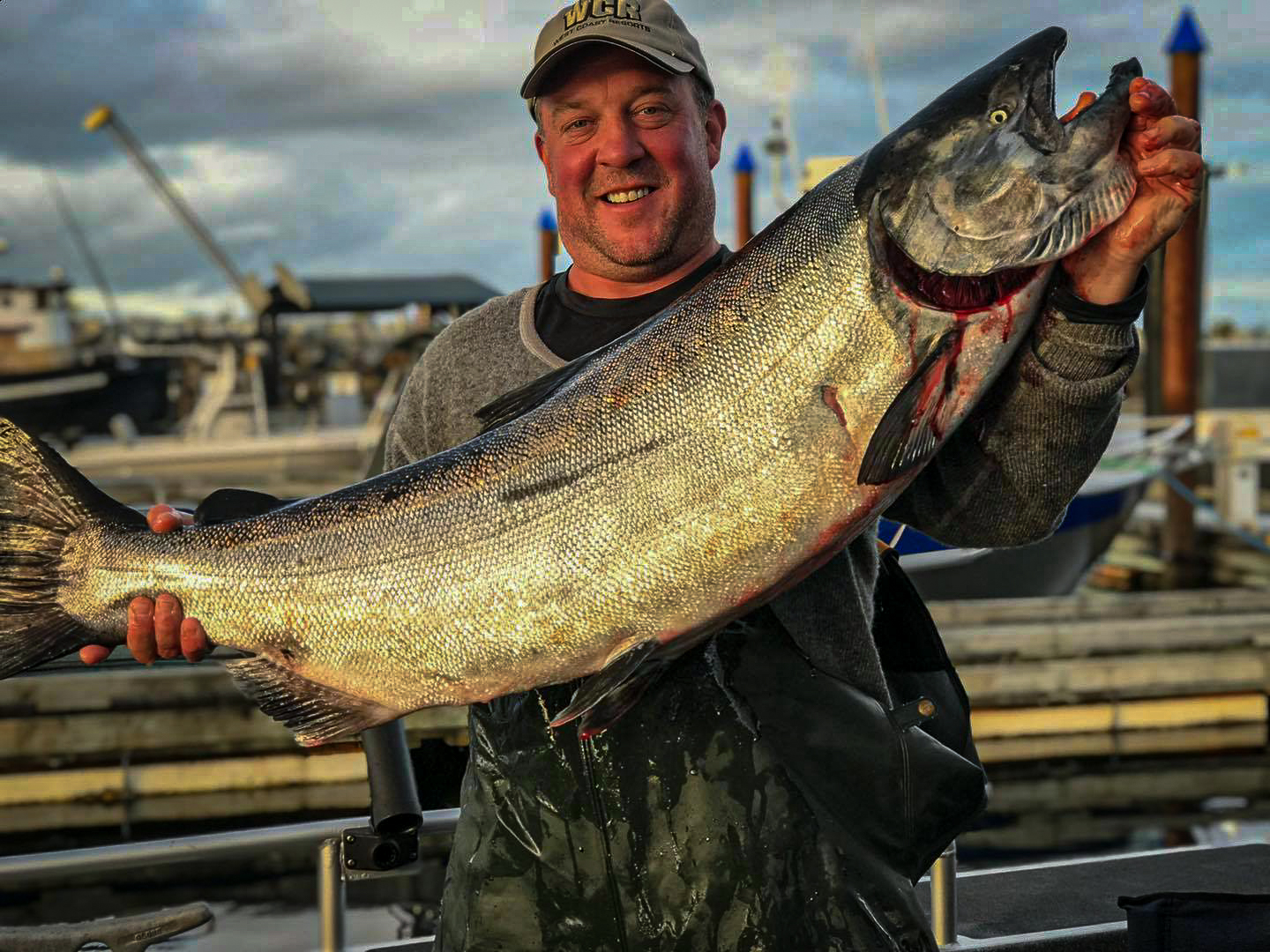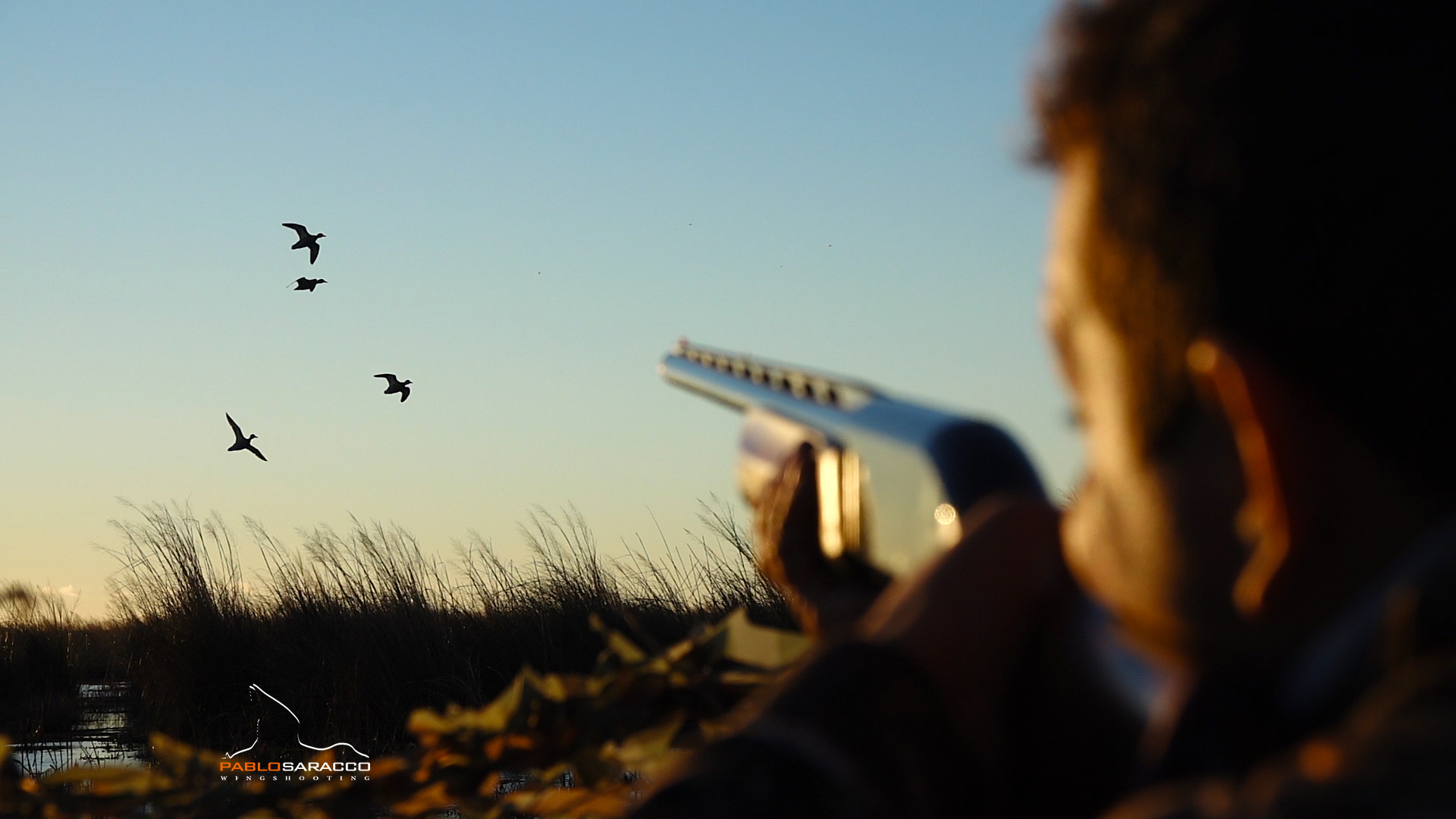Alaska, Canada, Western U.S.
Trolling For Salmon With Downriggers
Whether you’re trolling for salmon in a new body of water or the same in cut you’ve fished for years, downriggers can be the key to getting into more hard fighting salmon.
If you talk to twenty different fishermen fishing the same stretch, it is very possible that you will hear twenty different “secrets” to catch more fish. Typically, you will see some of those fisherman hookup a few more fish than others. Inevitably, you will also see a boat trolling through that can’t seem to hook a fish to save their life. So, what is the key or the secret to catching more salmon on a consistent basis? Downriggers are a fantastic tool when used properly.
I will mainly discuss trolling for salmon with downriggers in the Pacific Northwest, British Columbia, and up to Southeast Alaska. The coastlines off of Northern California through Alaska offer some incredible salmon fishing. That said, numbers are in turmoil, so it is even more important to make the most out of your time on the water. But never forget the joy of fishing is the time on the water, not just the tug on the other end of the line.
Click here to learn more about our Sandspit Adventures trip in British Columbia and experience this style of fishing first-hand with knowledgeable guides!

Why should you use downriggers when trolling for salmon?
Learning to fish with downriggers is a must for steady hookups in and around the Pacific Northwest. They will allow you to maintain a consistent depth in the water column, which in turn will net you more fish. This is because fish seek ideal water temperatures throughout the seasons to maintain their own temperature and to find food. In the Puget Sound, for example, you could consistently hook fish at 250 feet of water, depending on the season, tide, bait, and the type of salmon that you’re chasing.
Fish like to run deep, simple as that. Bait is deep, structure produces great holding areas for bait. The currents can really get moving around the sound, so finding that structure that gives bait a place to hold will produce hot spots for salmon. It also makes it a little easier to stay on a depth line trolling and keep on fish. Downriggers allow you to fish the bottom or set a depth that bait is holding and hit right through the middle, top or bottom of the bait. We hook a lot of fish bouncing the bottom with our downrigger ball but the consistent thing we will always look for is bait and structure that will hold fish or give them a break from the open channels.
What exactly are downriggers and how do you use them?
A downrigger is a piece of equipment that allows anglers to accurately control the depth of their lure in the water column. Below is a great video from Cannon Downriggers that shows how downriggers work:
It’s important to use a fish finder with a downrigger for a few reasons. Fish finders allow anglers to set their line at the same depth as fish (or typically a foot or two above fish), and also high enough from the bottom as to not catch or break their line on rocks or debris.
A common courtesy when using a downrigger is to maintain a good distance from anchored boats. It can prevent line from getting caught on their anchor and causing all of the line/setup from getting broken or having to be cut loose.
What kind of bait is used with a downrigger?
Typically, anglers will “troll” at around 2-3 miles per hour (although this can be faster or slower depending on the weight that you’re using) with a plug, flashers, and live bait or oil that is attractive to salmon in the area.
Which downrigger should I use?
It’s important to note that downriggers can be a challenge when trolling for salmon, and I’ll be the first to admit that. I fight, and have fought using downriggers for years. Why? They can be one of the most frustrating tools to learn. If you are new to downriggers, then sometimes simpler is better. How do you know which downrigger is right for you? Well, here’s a great video from Respect the Fish with some of the features you should consider.
Ultimately, downriggers are a wonderful tool when trolling for salmon. As you gain experience, you’ll be sure to hookup with more fish.


